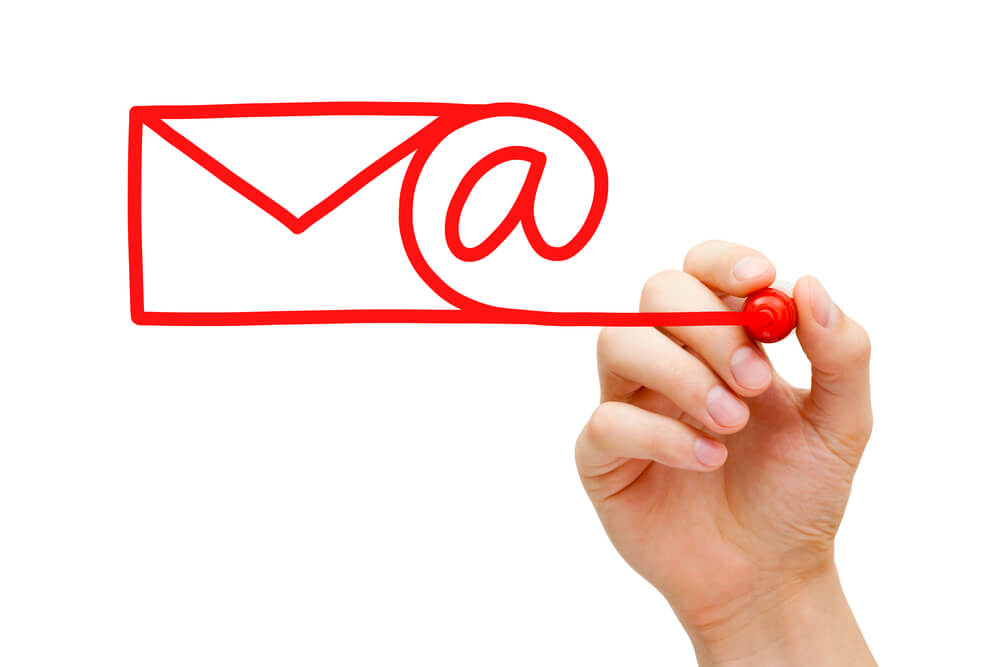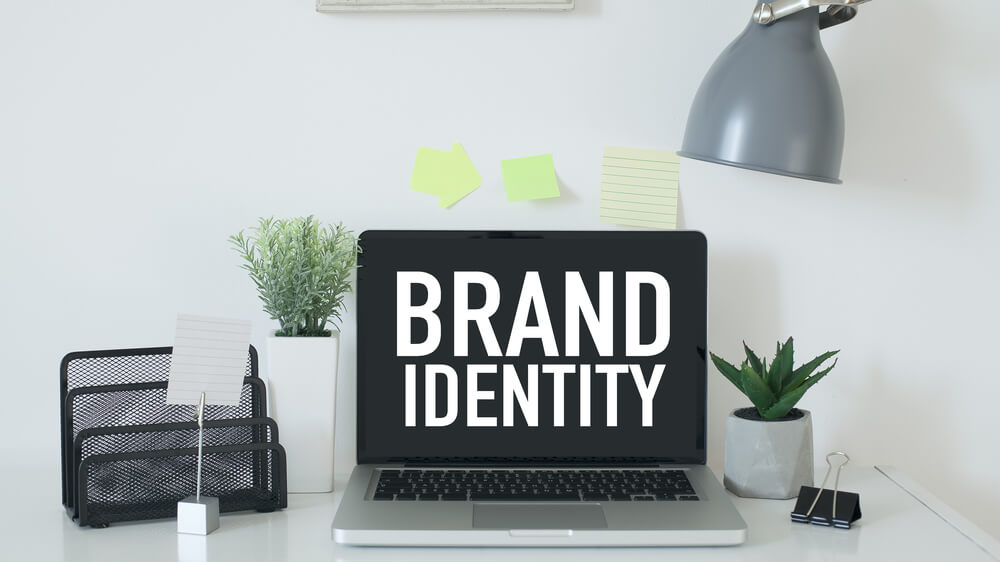
Why You Should Create a Perfect Visual Impact in B2B Emails
Visual impact is a powerful B2B email marketing strategy. It makes content more engaging, memorable, and easier to comprehend, increasing conversion.
This article further discusses why email visuals matter with the following topics:
- Brand identity and consistency.
- Optimization for different devices and platforms.
- Visual storytelling.
It also covers visual elements that make a difference and strategies for testing and refining these components.
Read below to discover how to develop compelling B2B emails that resonate with the target audience and drive better results. Let’s go!
Tired of investing in Search Engine Optimization without getting any results? See how Digital Authority Partners turns that around!
1. Make a Difference
Visual elements include images, graphics, videos, icons, and well-designed layouts. In B2B emails, where content is often dense or technical, these assets break up texts, making them easier to understand or digest. They also enhance the copy’s aesthetic appeal, increasing engagement.
Lastly, carefully curated visuals evoke emotions, showcase the product’s unique value, and reinforce branding. These improve marketing results, such as better conversions.
Create visual elements that make a difference in B2B emails with these tactics:
- Incorporate relevant, high-resolution images that resonate with the target audience such as product photos, team snapshots, or industry-related visuals.
- Present complex data, statistics, or processes in infographics or charts to quickly and effectively convey information.
- Be consistent in using branded visuals such as logos, color schemes, and typography in email design.
- Use interactive elements such as clickable buttons, sliders, or hover effects to engage recipients and encourage them to interact with the content.
- Embed videos to provide dynamic and engaging content.
- Use whitespace to strategically separate visual elements and text.
- Ask for consent and showcase user-generated content in B2B emails for social proof, transparency, and authenticity.
With these strategies, B2B marketers create visually compelling emails that grab attention, communicate effectively, and drive desired actions from their recipients.
2. Enhance Brand Identity and Consistency

Brand identity includes visual and audible elements representing a company’s ethos, values, and personality. Consistency is building a cohesive identity from logos to color schemes, fonts, and messaging across all channels.
Both are crucial in B2B email campaigns. They establish familiarity, credibility, and professionalism that promote trust. Consistent application of the elements creates a more satisfying user experience (UX) that translates to conversion and helps differentiate you from the competition.
Build a consistent brand identity in B2B emails with these tips:
- Create email templates incorporating your company’s logo, color palette, and typography.
- Define a consistent tone and voice that aligns with the brand’s personality and values.
- Incorporate branded elements such as logos, icons, and imagery that reflect the company’s identity and resonate with the target audience.
- Adhere to brand guidelines when using logos, colors, fonts, and other visual elements in emails.
- Infuse the content with messaging highlighting the company’s unique value proposition, mission, and benefits.
- Regularly review and analyze B2B email campaigns for branding consistency. Measure the open, click-through, and engagement rates and refine the strategies when needed.
3. Optimize Emails for Different Devices and Platforms
People access emails on different devices, platforms, and operating systems. The best visual elements are compatible with laptops, smartphones, tablets, and email clients. They also provide a consistent, seamless, engaging experience that minimizes bounce and unsubscribe rates.
Follow these ideas to maximize the right visuals in optimizing B2B emails for different devices and platforms:
- Employ responsive email design to ensure that the content adapts to various screen sizes and devices.
- Prioritize mobile optimization by creating easy-to-navigate and interactive layouts, especially on smaller screens. Consider designing single-column layouts, bigger fonts, and easy-to-tap buttons to enhance readability and usability.
- Craft concise and compelling preview text and subject lines for different devices and email clients.
- Make the calls to action (CTAs) stand out even in preview panes or smaller screens.
- Optimize images for fast loading times and compatibility across different devices and platforms. Use appropriate image formats, compress images without sacrificing quality, and provide alt text for images for accessibility and readability.
- Test B2B emails across various devices, email clients, and operating systems to identify display or rendering issues.
- Tailor the length and complexity of the content based on the audience’s device and platform preferences. Consider shorter, more concise messaging for mobile users while providing additional details or resources for desktop users.
Email optimization improves click-throughs and conversion by delivering a responsive, user-friendly experience tailored to each recipient’s preferred device and platform.
4. Conduct Testing and Refining Visual Strategies

A persuasive B2B visual impact grabs the attention of busy professionals and lets your messaging stand out in crowded inboxes. However, achieving this requires continuous testing, refinement, and optimization based on data and audience feedback.
Visual testing and refining include A/B testing different design elements, such as layouts and content formats, to identify what resonates best with the target audience. They also involve:
- Testing different subject lines and preview text alongside visual elements.
- Experimenting with language, length, and tone to identify what captures recipients’ attention and encourages them to open emails.
- Examining CTAs, including text, color, size, and placement, within the email.
- Segmenting the email list based on demographics, behaviors, or purchase history and tailoring visual elements to each group.
- Gathering feedback from recipients through surveys, polls, or direct responses to understand their preferences and perceptions of your visuals.
- Conducting UX testing to evaluate how recipients interact with the content across different devices and platforms.
- Analyzing user behavior, click patterns, and navigation flows to identify areas for improvement in visual design and UX.
These strategies are essential for improving visual effects in B2B email. They help fine-tune design and marketing approaches, enhance engagement rates, and maximize the effectiveness of email campaigns.
5. Tell a Compelling Story
Compelling visual storytelling uses images, graphics, and videos to build an emotional connection that boosts conversion. It also engages the audience and effectively communicates complex ideas,
Apply these six strategies to harness visuals to tell a persuasive brand narrative:
- Use high-quality and relevant images that evoke emotions and support your narrative. Choose photos that resonate with the audience and effectively convey the message.
- Produce short and impactful videos that tell a story about the company, products, or services. Use storytelling techniques such as testimonials, demonstrations, or behind-the-scenes footage.
- Present complex data, statistics, or information in visually appealing infographics or charts. Use storytelling elements within infographics to guide the audience through a narrative.
- Share customer success stories or case studies highlighting the challenges, solutions, and outcomes of your products or services. Incorporate interviews, before-and-after images, or infographics.
- Create visual journey maps illustrating the customer experience from initial engagement to conversion.
- Develop interactive content experiences within emails such as quizzes, surveys, or clickable timelines that engage recipients and encourage them to participate in storytelling.
In B2B email marketing, storytelling heightens the effect of visuals in capturing audience attention, enhancing message retention, and stimulating interest in your products or services.
Summing Up
A perfect visual impact is crucial in B2B email campaigns. It captures recipients’ attention, conveys messages effectively, and drives desired actions. Visuals enhance engagement, increase brand recognition, and differentiate your emails from the competition.
How can enhancing visual elements in your emails transform your engagement rates? Get the answers from an experienced B2B marketing agency. Contact Digital Authority Partners (DAP) today to learn more about email design, content optimization, and data-driven strategies.
Want To Meet Our Expert Team?
Book a meeting directly here




